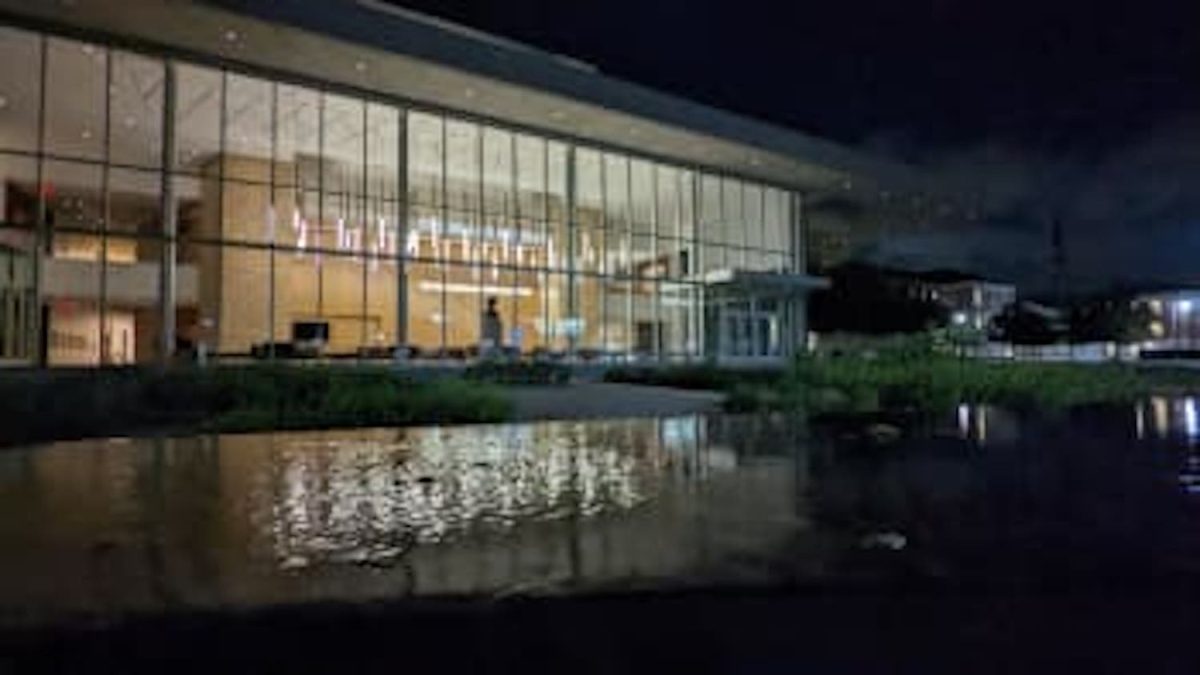The Modern Art Museum of Fort Worth is offering a retrospective exhibit of one of Japan’s most famous artists for the first time.The exhibit titled “Hiroshi Sugimoto: End of Time” displays 30 years of Sugimoto’s photographs including his series “Seascapes,” “Dioramas,” “Theatres,” “Architecture,” “Portraits,” “Conceptual Forms” and “Sea of Buddha.”
The majority of Sugimoto’s photographs are taken in black and white.
“People can project their own imaginations with black and white photographs that they can’t do with color photos,” Sugimoto said.
The most breathtaking photograph in the entire collection is a 1997 image called the “Church of Light,” which is a simple picture taken from inside the church of the same name and is a part of the “Architecture” series.
The church was designed by Tadao Ando, a Japanese architect, shows a cross-shaped opening in the chapel that is supposed to serve as a ray of hope for those who visit.
Also included in the “Architecture” series is an out-of-focus photograph of the World Trade Center taken only two years before the attacks occurred.
Sugimoto said the photograph almost seems “ghostlike” to look at now after all that has happened.
The other piece of art that stood out was Sugimoto’s “Sea of Buddha,” which is 33 joined panels of nothing but individually designed Buddha statues that extend across 60 feet of wall space.
The work is done in panoramic style and the low lighting of the room makes the “Sea of Buddha” entrancing and mysterious.
Along with the exhibit, Sugimoto also selected a number of Japanese films he thinks complements his photography.
Most interesting about Sugimoto is that, unlike many photographers and artists, you can’t pigeonhole him into one particular category. Every room offers a completely different style than the preceding, and it’s difficult to say if one is better than the other.
If you’re looking for something different to do, go check out “Hiroshi Sugimoto: End of Time” for truly splendid work.




